Aluminium hydroxide (Al(OH)₃) and magnesium hydroxide (Mg(OH)₂) are widely used antacids that help neutralize excess stomach acid, providing relief from symptoms such as heartburn, indigestion, and acid reflux. Combined, these two compounds offer balanced and effective gastrointestinal relief.
Chemical Reactions with Stomach Acid
- Aluminium Hydroxide (Al(OH)₃): Reacts with hydrochloric acid (HCl) in the stomach to form aluminium chloride (AlCl₃) and water: Al(OH)₃ + 3HCl → AlCl₃ + 3H₂O
- Magnesium Hydroxide (Mg(OH)₂): Reacts with HCl to form magnesium chloride (MgCl₂) and water:
Mg(OH)₂ + 2HCl → MgCl₂ + 2H₂O
Why They Are Combined
- Aluminium Hydroxide: Offers quick relief but may cause constipation.
- Magnesium Hydroxide: Has a slower onset but provides a laxative effect, which helps balance the constipating effect of aluminium hydroxide.
Common Over-the-Counter Formulations
- Dosage Forms: Available in liquid suspensions or chewable tablets.
- Popular Brands: These are often found in products such as Maalox, Mylanta, and Gelusil.
- Usage: Taken as needed, following package directions or a healthcare provider’s advice.
Possible Side Effects
- Aluminium Hydroxide: Constipation, and with prolonged use, there’s a risk of aluminium accumulation, especially in people with kidney issues.
- Magnesium Hydroxide: Diarrhea is common; excessive use may lead to hypermagnesemia (high levels of magnesium in the blood).
Important Precautions
- Medical Advice: Consult a healthcare provider if you are pregnant, breastfeeding, have kidney disease, or are on a magnesium-restricted diet.
- Do not use these antacids for extended periods without professional guidance.









